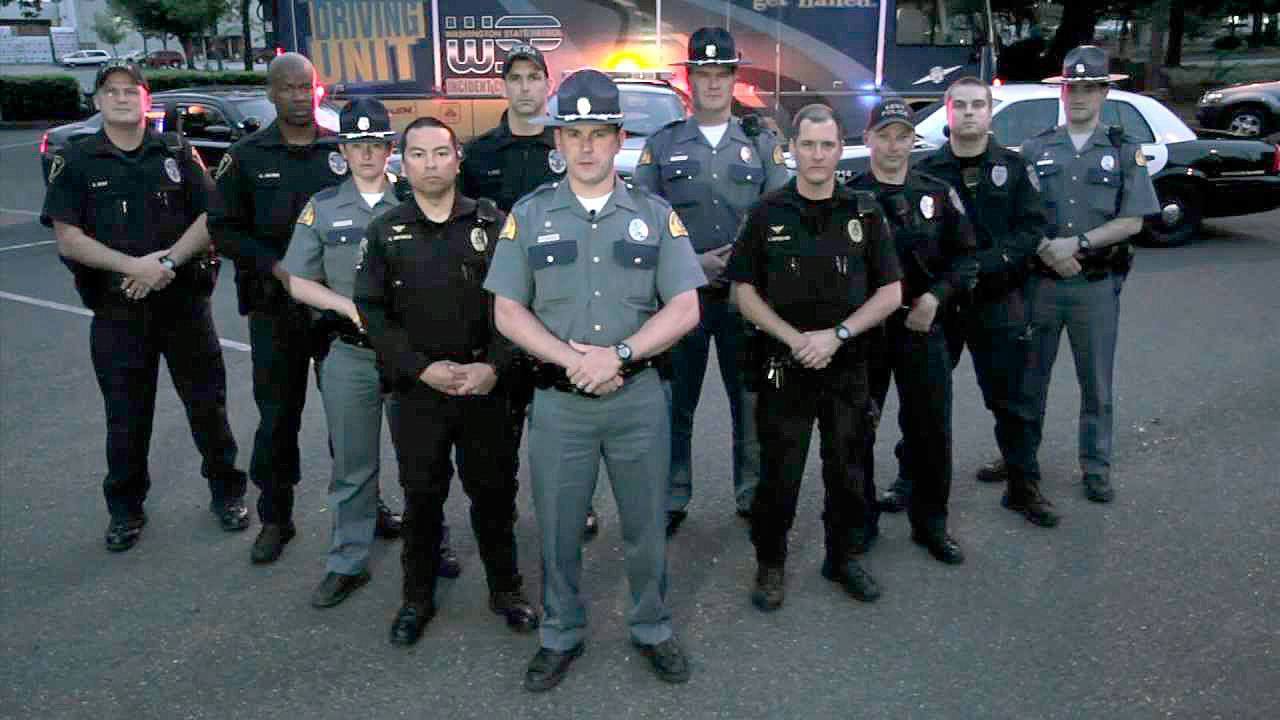By The Herald Editorial Board
Just as summer travel kicks into high gear, bad news about driving fatalities comes around the corner: The National Highway Traffic Safety Administration reported last week that an estimated 35,200 people were killed on the road last year, up 7.7 percent from 32,675 in 2014.
Our state, which is in the midst of safety campaign to eliminate such fatalities, unfortunately was among those that experienced a big jump in deaths in 2015, along with our neighbors. NHTSA reported that fatalities increased by 20 percent in Montana, Idaho, Oregon and Washington, The Washington Post reported. Six New England states saw a 10 percent increase; and a group of Mid-Atlantic states, and Kentucky, experienced a 9 percent increase.
Many factors have contributed to the rise is traffic deaths, NHTSA reports, such as Americans driving more because of the improved economy and lower gas prices. Another factor is an increase in speed limits in recent years, according to the Insurance Institute for Highway Safety. In 2013 alone, higher speed limits resulted in 1,900 additional deaths, the institute said, canceling out the lives saved by air bags that year.
Determining the exact causes, however, is difficult. For example, Texas, a state known for increasing speed limits in recent years, was one of just five states that saw a 1 percent decrease in traffic deaths. (New Mexico, Oklahoma, Mississippi and Louisiana are the others.)
An early analysis of NHTSA’s data showed spikes in the deaths of bicyclists, pedestrians and motorcyclists, which were up 13, 10 and 9 percent, respectively, the Washington Post reported. Crashes involving young drivers were up 10 percent, rollovers in passenger cars were up 5 percent and those involving large trucks were up 4 percent.
There hasn’t been time to analyze the data for other factors, which historically play a big part in traffic fatalities: Not using seat belts or helmets; and driving under the influence of alcohol, drugs or electronics.
Oddly, Christopher A. Hart, chairman of the National Transportation Safety Board, says the answer to the problem is automation. “For 20 years, we’ve been pushing for something that is a collision-avoidance system. That’s step number one, an avoidance system that stops cars from hitting one another,” Hart told the Post.
Such a fantasy system, however, does not exist. And since we don’t know all the factors contributing to more traffic deaths, it makes sense to study if an over-reliance on technology might be part of the reason, and/or that people are using the current automation that comes with the vehicle, even if as laws are passed against their use.
Educational campaigns, such as for seat-belt use and against DUI, have proven effective in the past. To combat the rise in traffic deaths here, the state may finally have to join others and ban all mobile phone use, since studies show that allowing people to use the hands-free devices and voice-command systems makes people feel safer, but in fact they are just as distracted, if not more so, as someone holding a phone in their hand, and attempting to drive.
A 20 percent increase in traffic deaths is what is known as a wake-up call.
Talk to us
> Give us your news tips.
> Send us a letter to the editor.
> More Herald contact information.

























